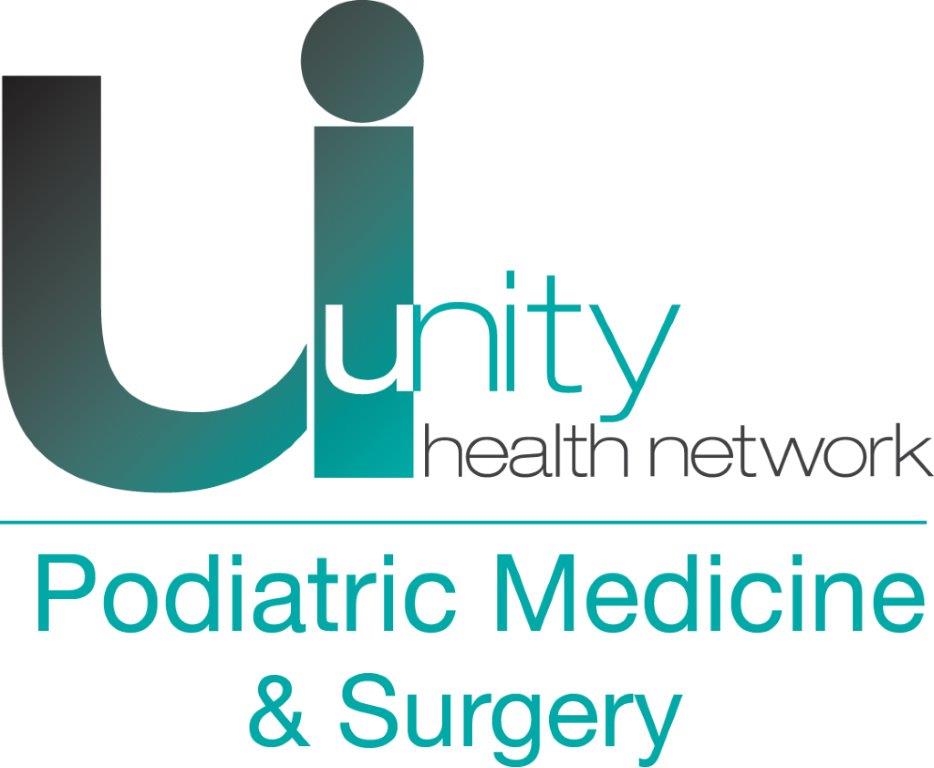Reconstructive Bunion Surgery

Correcting your bunion with Bunion Surgery
Bunion surgery is one of the most common procedures performed by Dr. Campitelli in Akron, Ohio. Bunions are often described as a bump on the side of the big toe. But a bunion is more than that. The visible bump actually reflects changes in the bony framework of the front part of the foot. With a bunion, the big toe leans toward the second toe, rather than pointing straight ahead. This throws the bones out of alignment producing the bunion’s bump. The condition is hereditary and typically progresses in severity with age.
Do I need to have bunion surgery?
It is typically not indicated to have bunion surgery unless the condition is becoming painful and effecting your everyday activities. Diabetic patients will sometimes require corrective surgery for bunions when the condition is causing ulcers or wounds to form as a result of abnormal pressure. The longer (in years) that one waits to correct a deformity, the more arthritis that will occur to the joint, and less correction can be achieved. We can walk you through the bunion surgeryprocess, educate you on the recovery, and discuss when it’s time to proceed with correction. Dr. Campitelli has become one of the area’s leading experts in bunion surgery and is involved in teaching foot and ankle surgery residents at both University Hospitals and Western Reserve Hospitals. You can elect to have your bunion surgery performed by Dr. Campitelli at the following institutions: Cleveland Clinic Akron General Medical Center, Summa Health Systems, Western Reserve Hospital, and University Hospital Portage Medical Center.


What does bunion surgery involve?
In order to “correct” a bunion deformity, the joint itself needs to be realigned. Traditional bunion surgery simply involves realigning the head of the 1st Metatarsal bone by making a cut through the bone and fixing with a screw (that does not need to be removed). This is the technique that most surgeons perform as well as what Dr. Campitelli used to perform prior to minimally invasive bunion surgery. In more severe cases, the entire metatarsal bone will need to be realigned by “fusing” a joint in the midfoot region. In either case, the procedure is agreed upon by the physician and the patient to ensure the deformity will not reoccur.
Dr. Campitelli was trained in the aforementioned techniques and performed as well as taught them to resident surgeons over the past 15 years. Currently, an overwhelming majority of the bunion surgeries that Dr. Campitelli performs is through the minimally invasive technique. Click here to learn more about minimally invasive bunion surgery and how Dr. Campitelli has brought this technique to the Akron/Cleveland, OH region in addition to becoming an instructor for surgeons throughout the US.
Will I need to miss work after bunion surgery?
When it does become painful, bunion surgery is usually planned in well enough in advance so that you can arrange for time off of work, etc. which varies with the demands of your occupation. If your job allows you to sit, then most likely you could be back to work within 1 week. If you are on your feet for 8-10 hours, then it could sometimes take up to 4 to 6 weeks before you are able to be fully functional.
What type of recovery is involved after bunion surgery?
The recover period for bunion surgery (see Dr. Campitelli’s post-op instructions) depends on which procedure was performed. With minimally invasive bunion surgery, Dr. Campitelli will place the patient in a walking boot and allow them to bear weight immediately after surgery. At the first post operative visit in 3-4 days, the bandages are changed and a small gauze wrap is applied with a toe spacer. Sutures are removed in 7-10 days at which point the patient can then begin showering. At three weeks following the day of surgery, then patient can begin walking in a running shoe.
Bunion surgery is performed out-patient and does not require staying overnight in the hospital.
Before choosing to have bunion surgery by a podiatrist or orthopedic surgeon, be sure learn more about the surgeon you will be seeing.


Will I have a scar after Bunion Surgery?
Your skin will take up to one year to repair itself after having bunion surgery. The incision will be over the top of your great toe joint to avoid any irritation on your shoe during the recovery period. The incision will usually be very hard to see if even visible at all approximately one year after your bunion surgery. Dr. Campitelli can prescribe scar cream to help reduce scarring after bunion surgery and sometimes injections can be given if the scar is hypertrophic or inflamed early after surgery.









